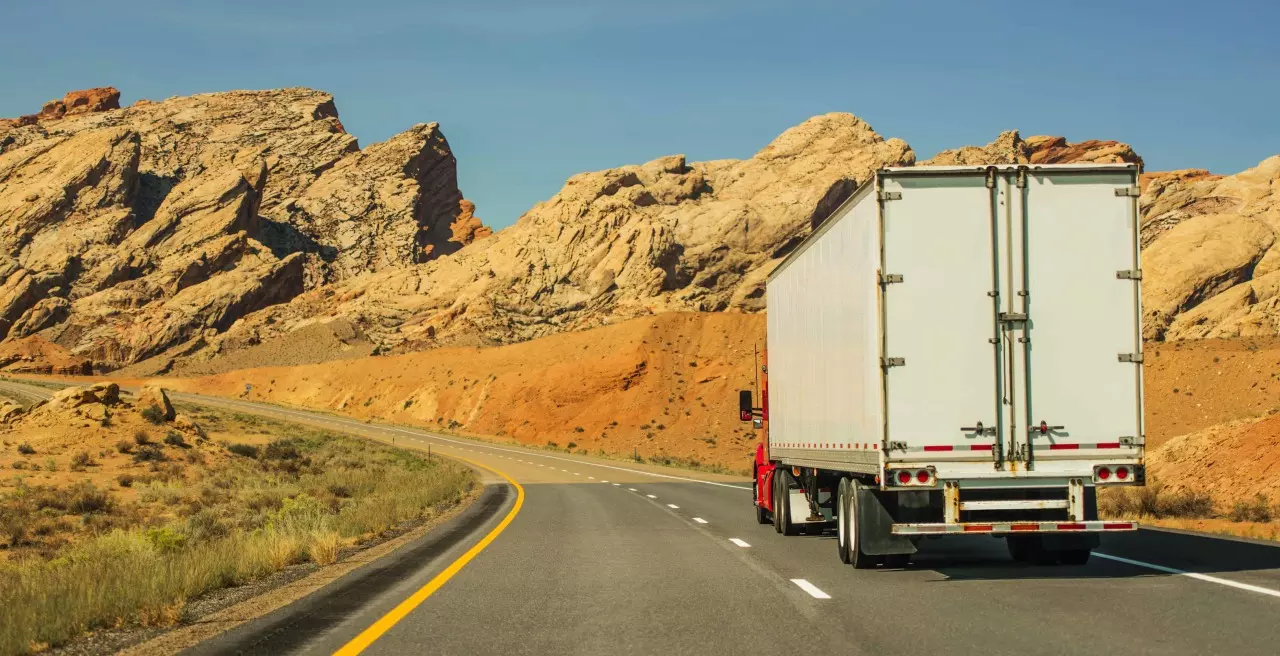Solving the return load problem
For nearly every industry, waste contributes to higher costs. But in the logistics industry, the stakes are higher.

Also known as the nation's lifeline sector, the $215 billion behemoth logistics sector loses about $55 billion annually due to poor logistics efficiency and a fragmented market. One of the prime reasons for this is the lack of tech-driven logistics solutions. India is a labour surplus and capital deficit country, making it cheaper to deploy labour than invest in advanced technologies. Service providers are displaced even for the slightest price differential, despite the high logistics cost, making it difficult to survive in the market.
For nearly every industry, waste contributes to higher costs. But in the logistics industry, the stakes are higher. In logistics, waste means more fuel consumed, more carbon emitted, and drivers spend more hours sitting idle. Empty miles are the primary form of logistics waste.
One of the most common examples of waste in the industry occurs when truckers drive empty, typically because there are no nearby loads available for the driver to pick up that are in the same direction as the driver. These miles are known as empty miles, non-revenue miles, or deadhead miles in logistics.
Regardless of how they are labelled, these miles mean that drivers are not earning money for being on the road, and the economy pays more to move goods. Carriers account for their expectations for empty miles when deciding how much they charge for any particular load, so everyone from shippers down to end consumers — and the environment — ultimately pays the cost of empty miles.
Trucknetic, a Delhi-based logistics startup, has cracked the code and is developing an Uber-like model for trucks to address this problem. Let us understand how 'Uber' did it for cars in the first place.
Getting a ride from an Uber is simple. Just open the app, set the pickup location, requests a car, get picked up, and pay with the tap of a button. A great deal of data crunching goes on to make all of this happen in a smooth process. Sometimes there are things out of control even for Uber, like poor city transportation infrastructure, traffic jams, uncooperative drivers, and much more. Despite these setbacks, Uber has changed the way we move and is poised to change even more as the service comes to more and more cities. But what is happening in the background?
Uber has a massive database of drivers, so as soon as you request a car, its algorithm sets in action, and within 30 seconds or less, it matches you with the driver closest to you. In the background, Uber is storing data for every trip taken — even when the driver has no passengers. All of this data is stored and leveraged to predict supply and demand. Uber also looks at how transportation is handled across cities and tries to adjust for bottlenecks and other common issues.
All this information is just one step in the big data journey. The next question is — how does Uber determine the best way to make decisions using this information? How do they make actionable points out of the data they collect? The answer is data visualization.
According to Uber's data intelligence blogs, data visualization specialists range from computer graphics professionals to information designers. They handle everything from mapping and framework developments to data that the public (such as drivers) sees. Some of the many applications for their data visualization include: Mapping applications for city operation teams and general managers. These are the teams at Uber who need up-to-the-minute details of current supply and demand. Another example is of particular importance in big cities, where understanding the density of a given area may lead to dynamic pricing changes.
Trucknetic has built a set of proprietary software similar to the Uber model and is on a mission to solve the return load problem in India, which costs $45 billion to the economy annually.
It is also one of the eight selected startups by Microsoft for its AI innovation cohort. The tech giant is helping Trucknetic build a proof of concept for solving the return load problem and demand forecasting using artificial intelligence and machine learning.
It will ultimately bring the cost of logistics in India down, which currently stands at 14-18 percent of the GDP as an expense compared to 8-10 percent globally.
The aim is to serve a specific route and specific set of customers at first and then wait for the atomic network effect to kick in. Once the movement of trucks starts to happen consistently on the target routes, the discussion might shift to focus on a wider network defined by the square kilometres of a city, then adding the suburbs as the next step. Sooner, the company aims to capture entire countries or mega-regions, like EMEA or APAC, and become the first platform in the world to provide any truck for any commodity from anywhere in the country.
The company has a network of close to 200,000 fleet owners and 50,000 transporters which roughly translates to over 1 million trucks in our network. It has done a revenue of $3 million since December 2019.
The platform is highly diversified across commodities, truck types, and lanes.
Trucknetic has more than 50000+ downloads on the Trucknetic Carrier application and 15000+ downloads on the Trucknetic Shipper application and has moved close to 100,000 metric tonnes of goods.
It also helps to reduce the wastage of miles without freight and increase the revenue of fleet owners per day/per truck and on the other hand, reduce the cost for the shipper and ultimately align itself and move toward the vision of Prime Minister Narendra Modi that is net-zero by 2070.
The views and opinions expressed in this article are those of the author and do not necessarily reflect the views of Indian Transport & Logistics News.

Arham Partap Jain
Arham Partap Jain is the founder of tech-first logistics company Trucknetic which calls itself the Uber of the trucking sector.


